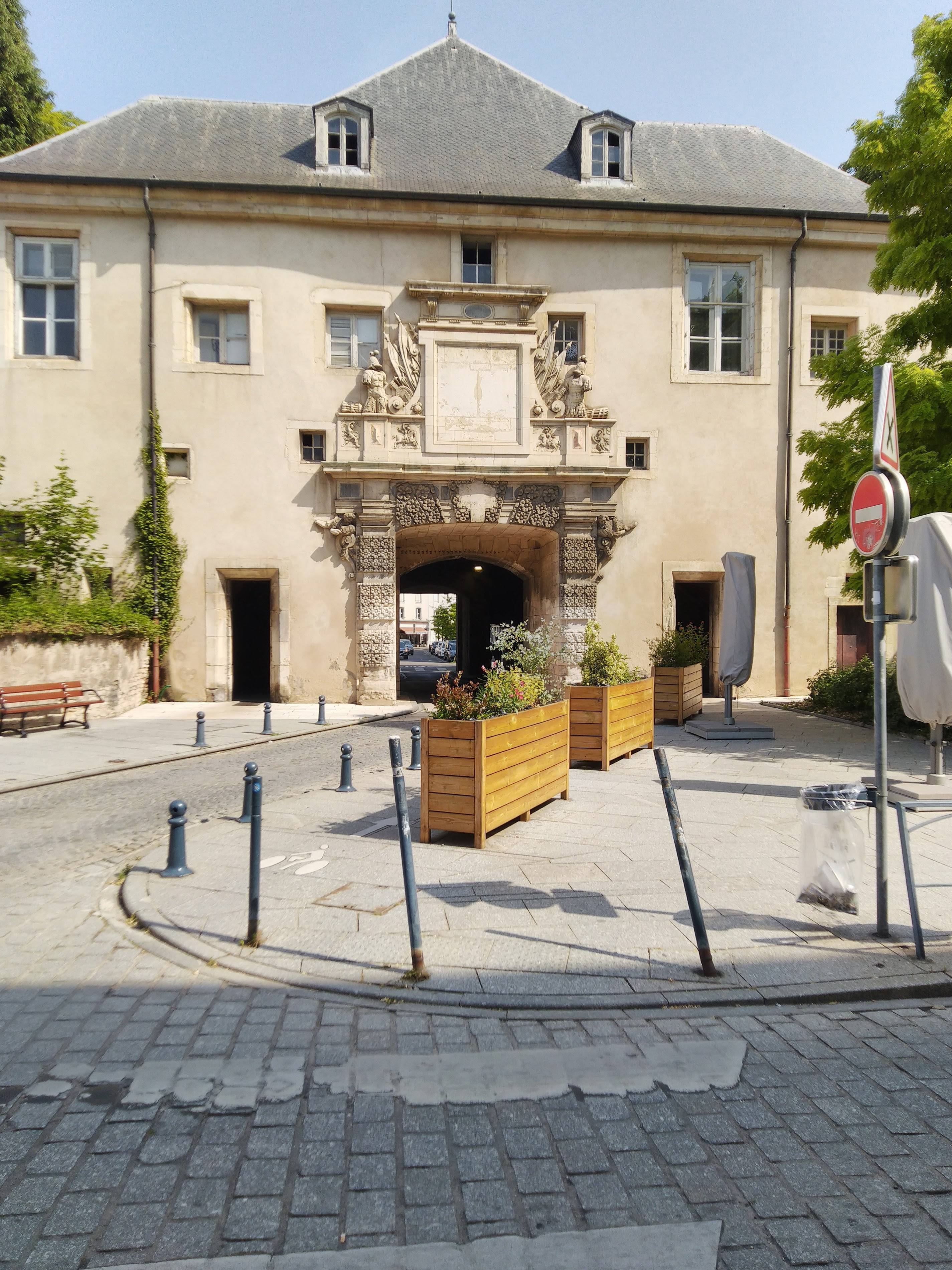Porte de la Citadelle: A Glimpse into Nancy's Fortified Past
In the heart of northeastern France, where history and modernity intertwine, a monumental gateway stands as a silent sentinel to centuries past. The Porte de la Citadelle, an impressive remnant of Nancy's once-formidable defenses, invites visitors to step back in time and explore the rich tapestry of this captivating city's heritage.

A Portal to the Past
As one approaches the Porte de la Citadelle, the sheer scale of the structure becomes apparent. Massive stone walls rise up, their weathered surfaces telling tales of sieges withstood and battles fought. This imposing gateway was once the main entrance to Nancy's citadel, a fortress designed to protect the city from invaders.
The gate's architecture is a testament to 17th-century military engineering. Intricate details can be observed in the stonework, with carefully carved decorations adding a touch of artistry to the otherwise utilitarian structure. The arch of the gate itself is wide enough to have allowed troops and supplies to pass through with ease, a crucial feature during times of conflict.
Things to do in Nancy
A Living History Lesson
Today, the Porte de la Citadelle serves as more than just a historical curiosity. It offers visitors a tangible connection to Nancy's past, allowing them to imagine the city as it once was – a fortified stronghold at the crossroads of European power struggles. Information panels are strategically placed around the site, providing context and bringing to life the stories of those who once passed through these very gates.
The surrounding area has been thoughtfully preserved, creating a pocket of tranquility amidst the bustle of the modern city. Green spaces and benches invite visitors to pause and reflect, while the gate itself provides a dramatic backdrop for photographs.
A Bridge Between Eras
What makes the Porte de la Citadelle particularly fascinating is its role as a bridge between Nancy's militant past and its cultured present. From this vantage point, one can trace the city's evolution from a fortified military outpost to the elegant, art-loving metropolis it is today.
The contrast between the gate's robust military architecture and the refined beauty of Nancy's famous Place Stanislas, just a short walk away, could not be more striking. This juxtaposition serves as a physical representation of the city's journey through time, from a place of conflict to one of artistic and cultural significance.
A Starting Point for Exploration
For many visitors, the Porte de la Citadelle serves as an excellent starting point for exploring Nancy's rich history. From here, one can easily venture into the old town, where narrow streets and historic buildings await discovery. The gate also provides context for understanding the city's strategic importance throughout the centuries.
Guided tours are often available, offering deeper insights into the gate's history and its place in Nancy's broader narrative. These tours can be an excellent way to fully appreciate the significance of this enduring monument.
A Symbol of Resilience
Perhaps most importantly, the Porte de la Citadelle stands as a symbol of Nancy's resilience. Despite centuries of conflict and change, this gateway has endured, much like the city itself. It serves as a reminder of the strength and determination that have shaped Nancy's character over the generations.
As the sun sets and the stone takes on a golden hue, one can't help but feel a sense of connection to all those who have passed through this gate before. It's a moment of reflection on the passage of time and the enduring nature of human endeavor.
For those seeking to delve deeper into Nancy's artistic heritage, a visit to the Musée de l'École de Nancy is highly recommended. This museum showcases the city's renowned Art Nouveau movement, offering a fascinating contrast to the military architecture of the Porte de la Citadelle.

 Home
Home Wishlist
Wishlist